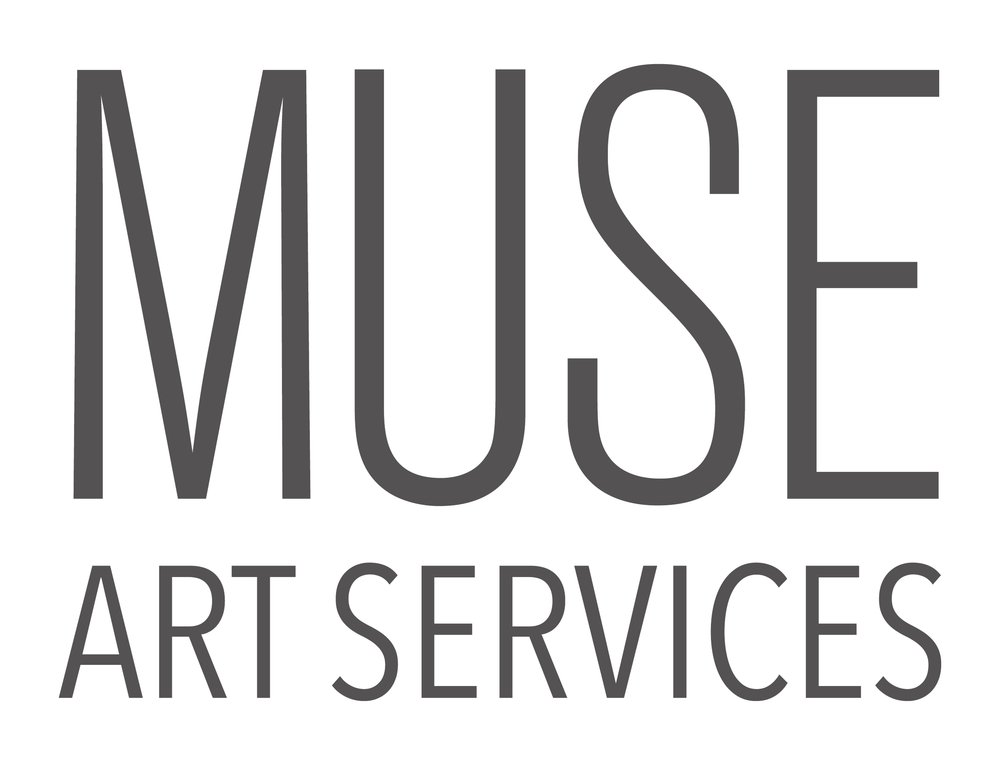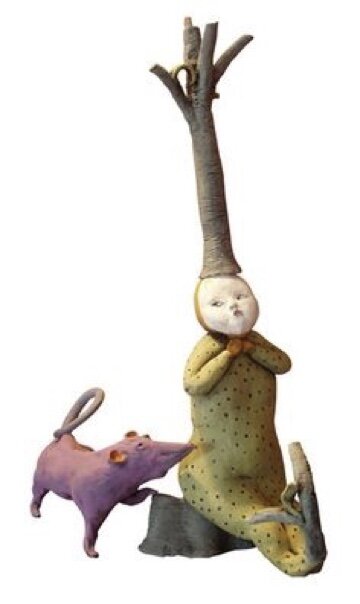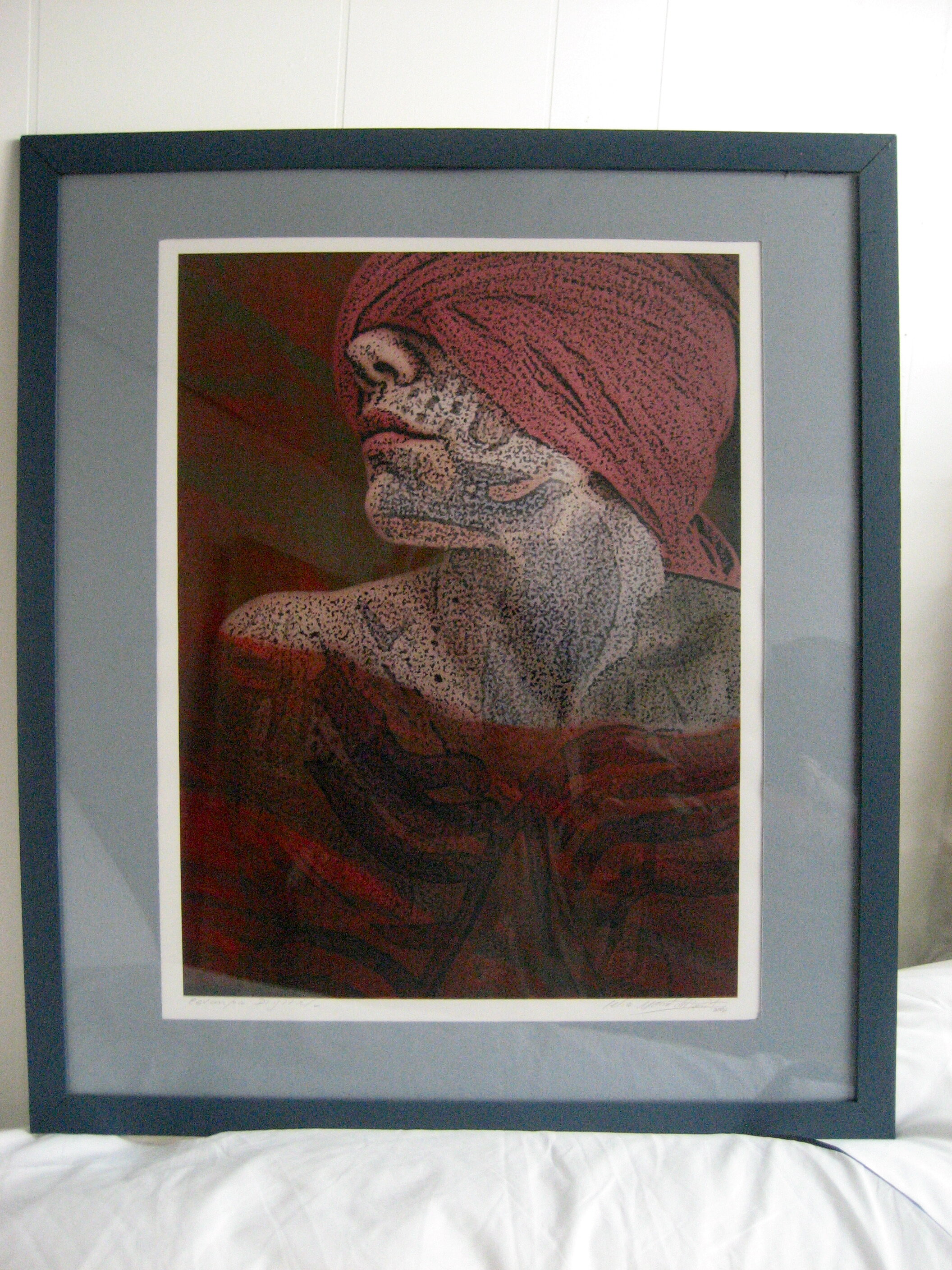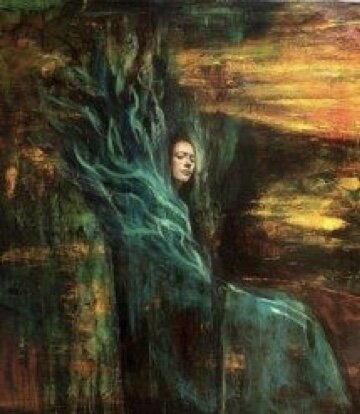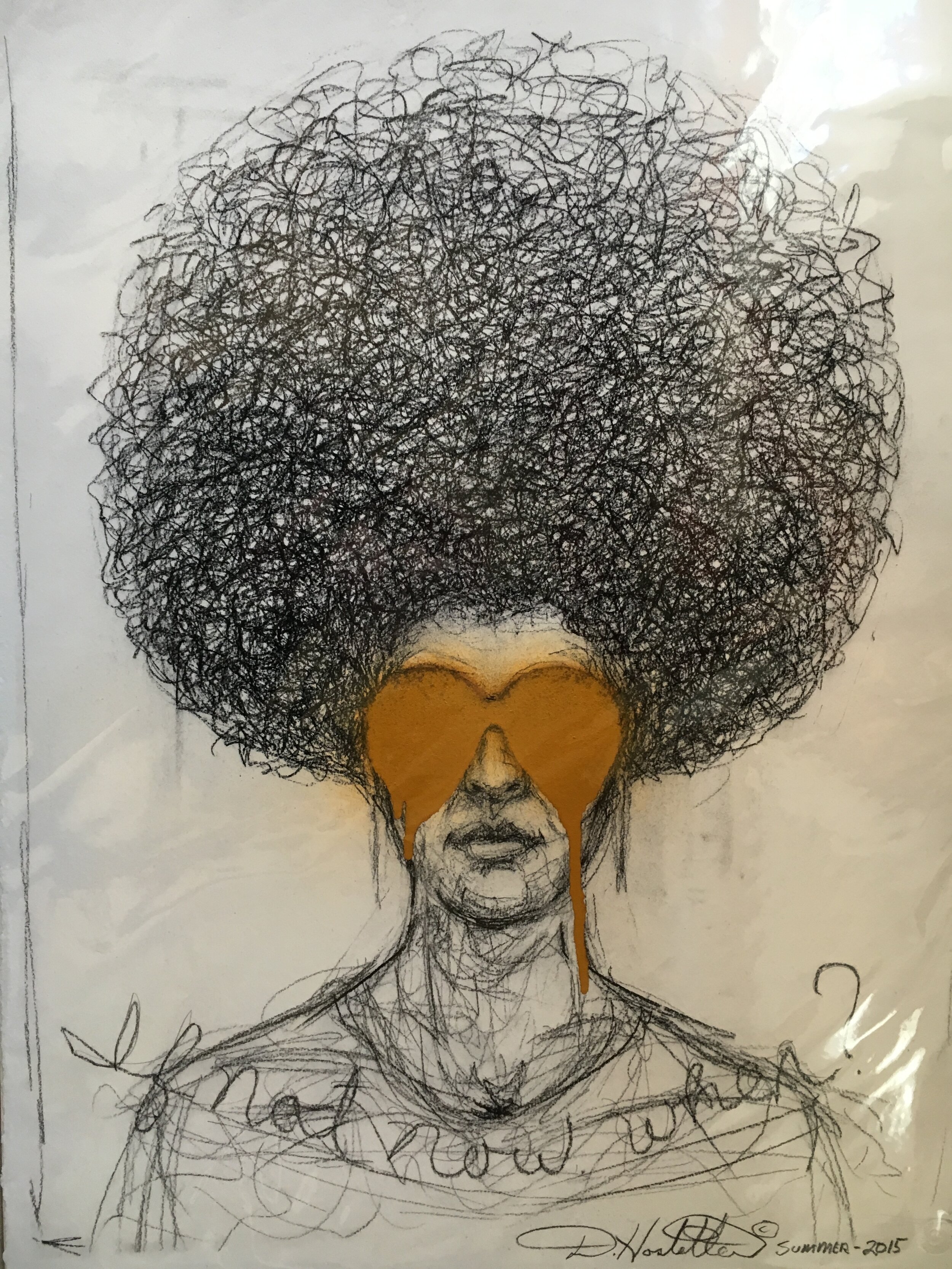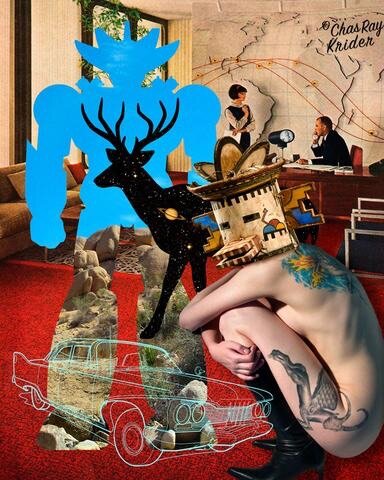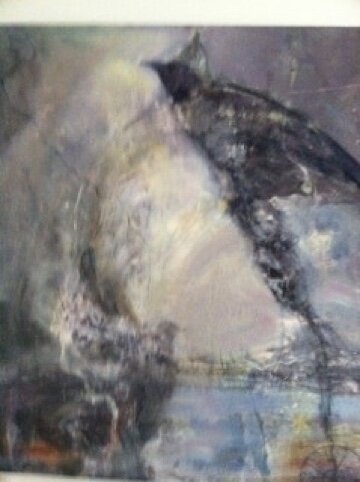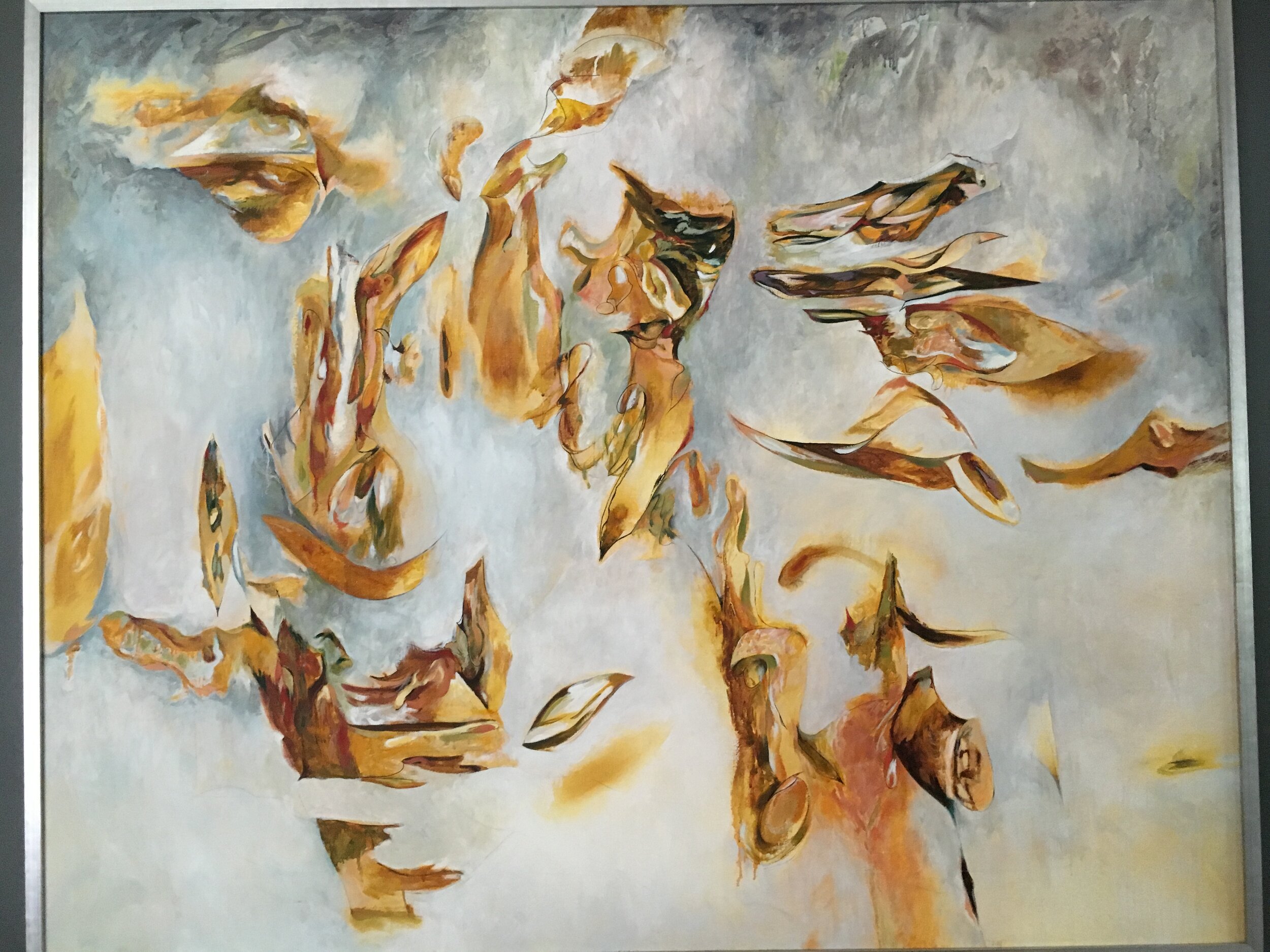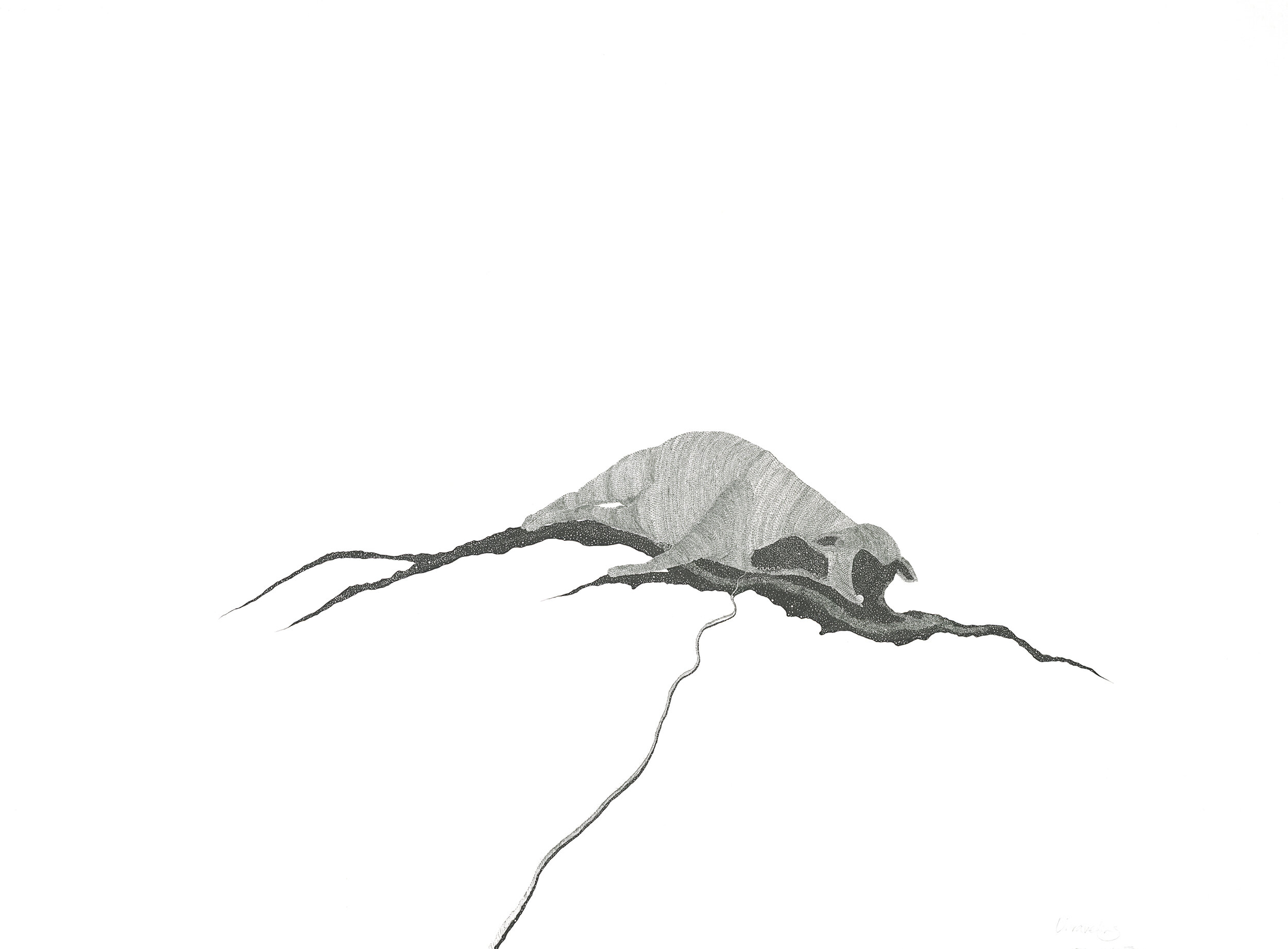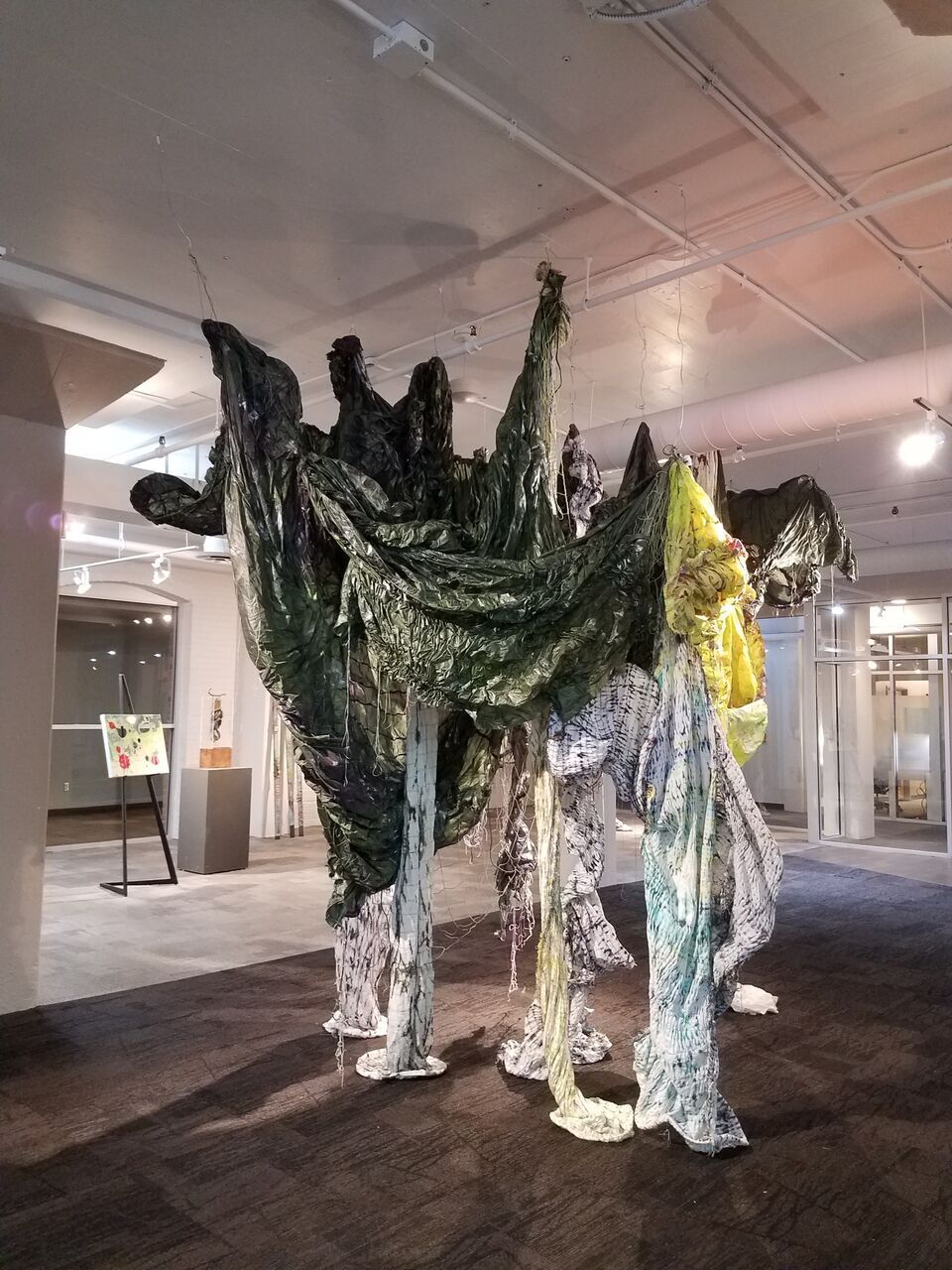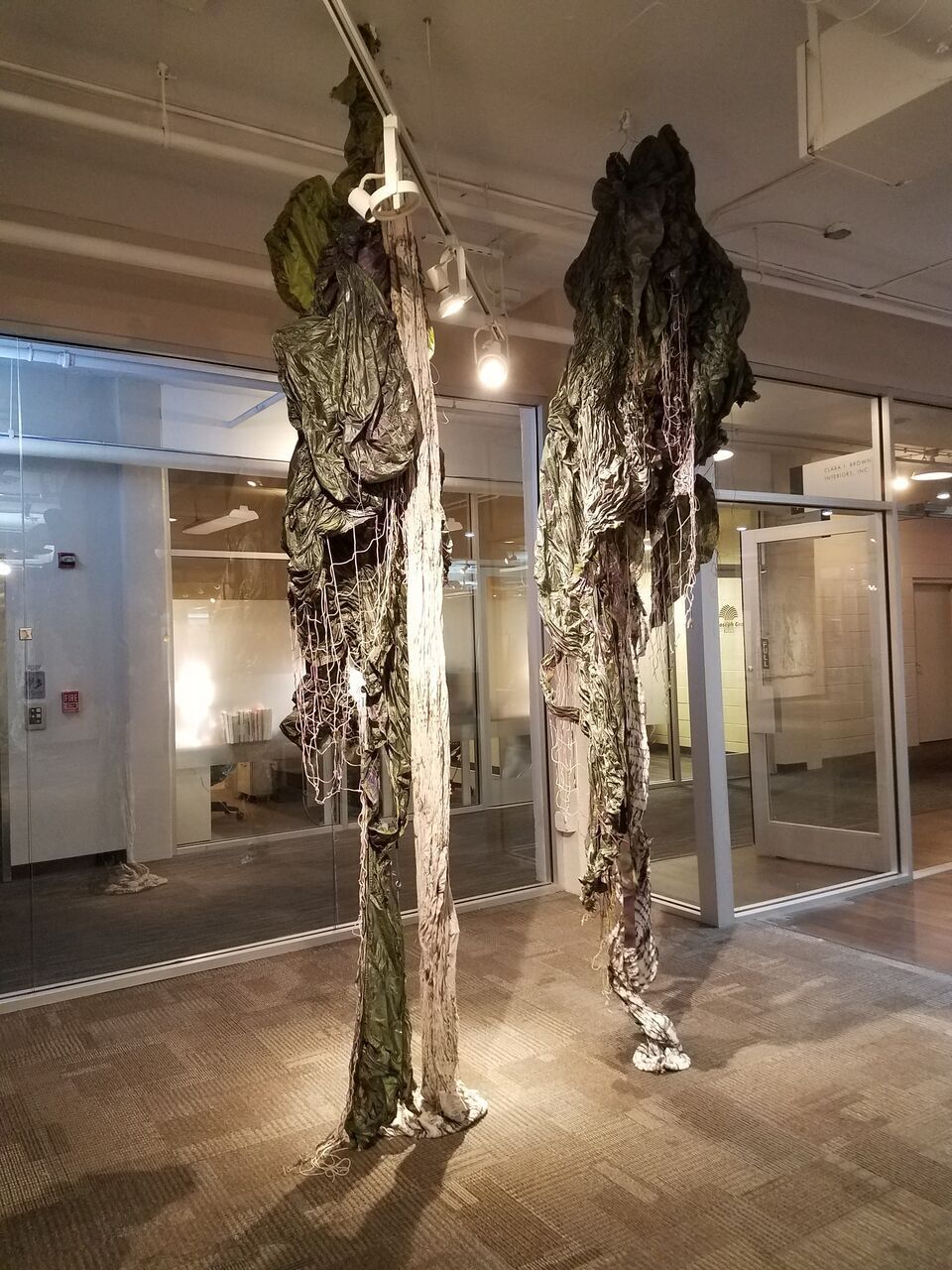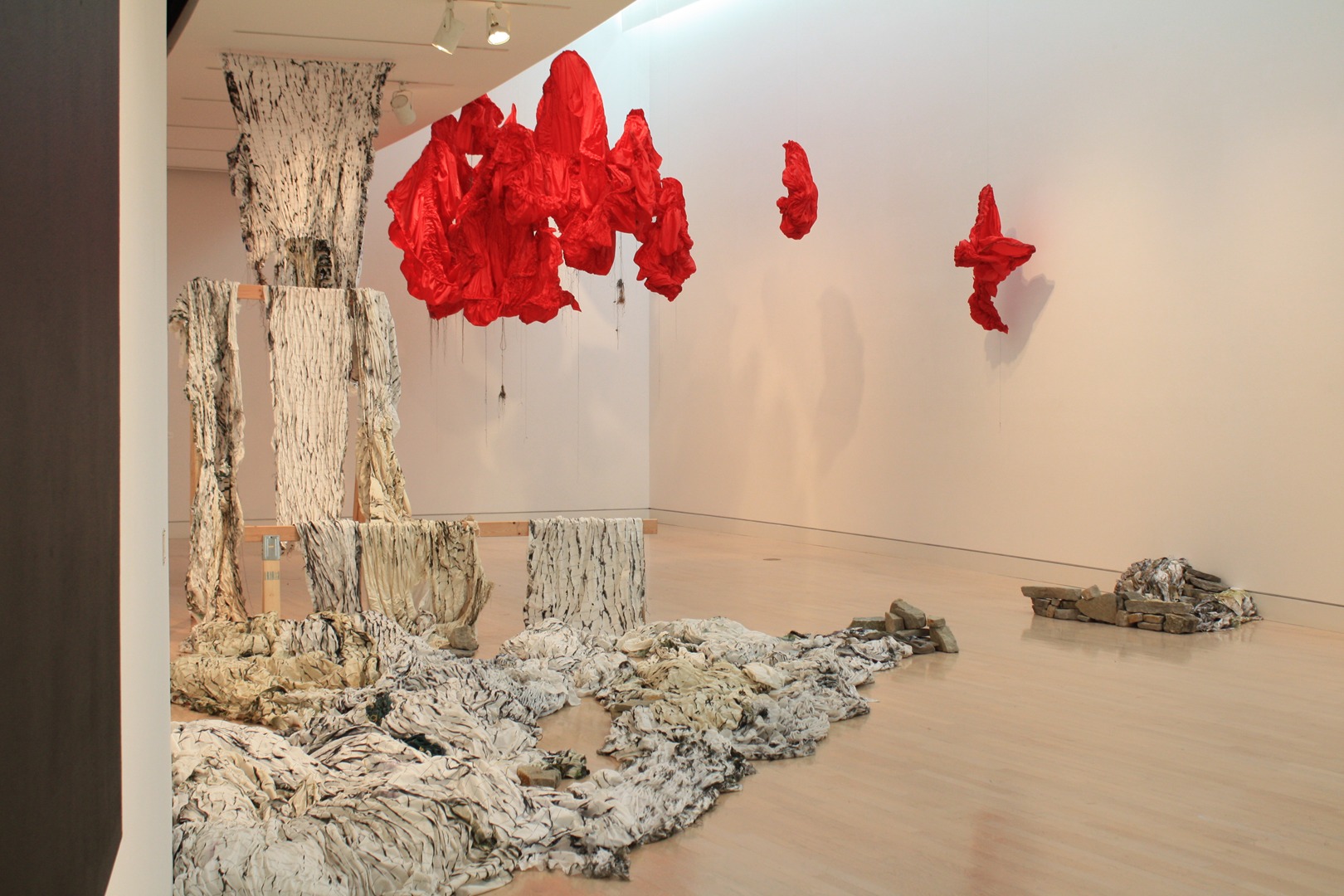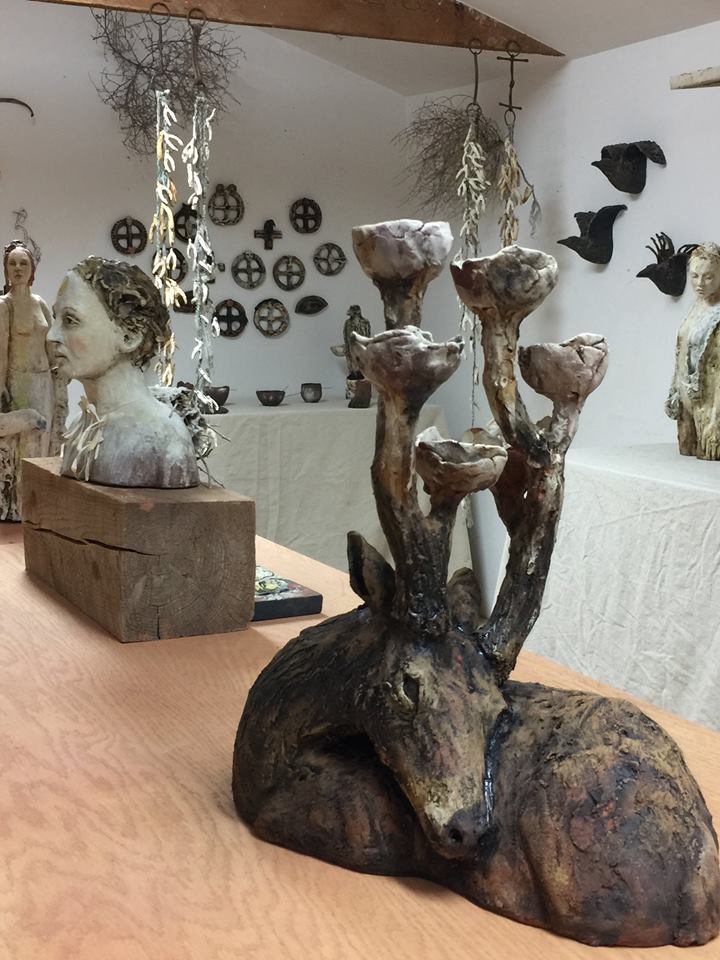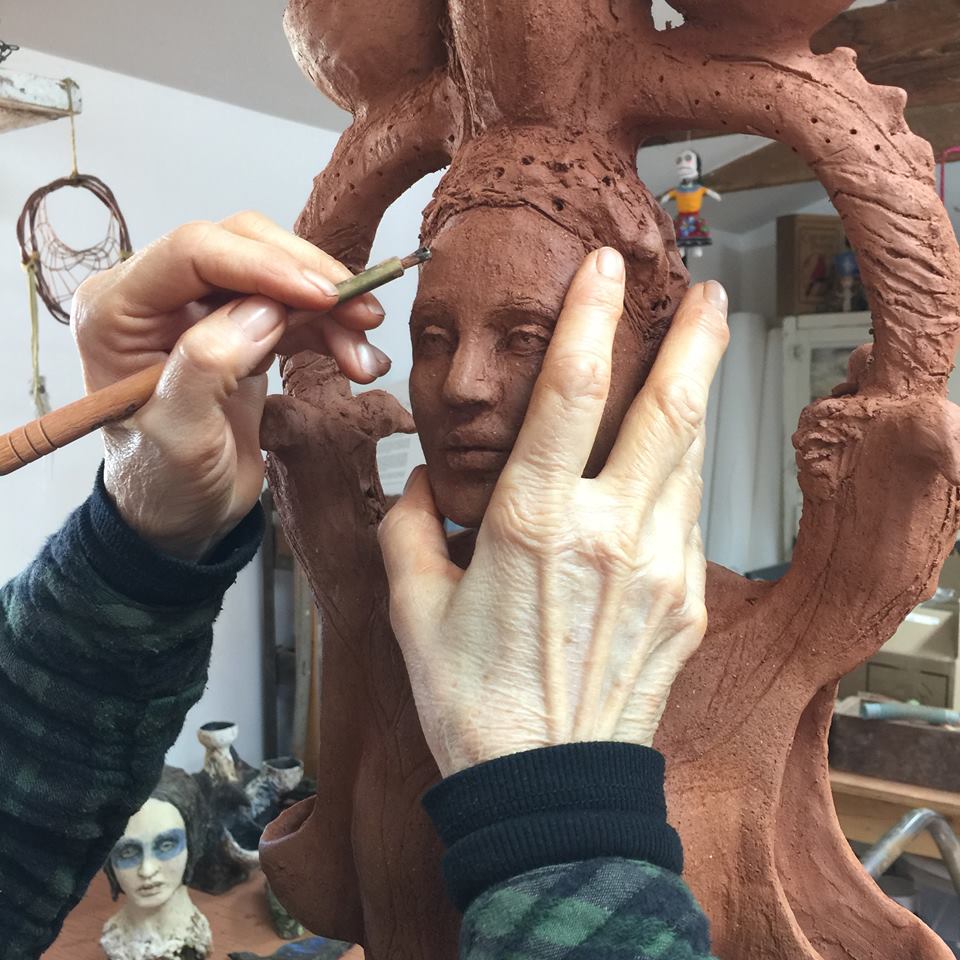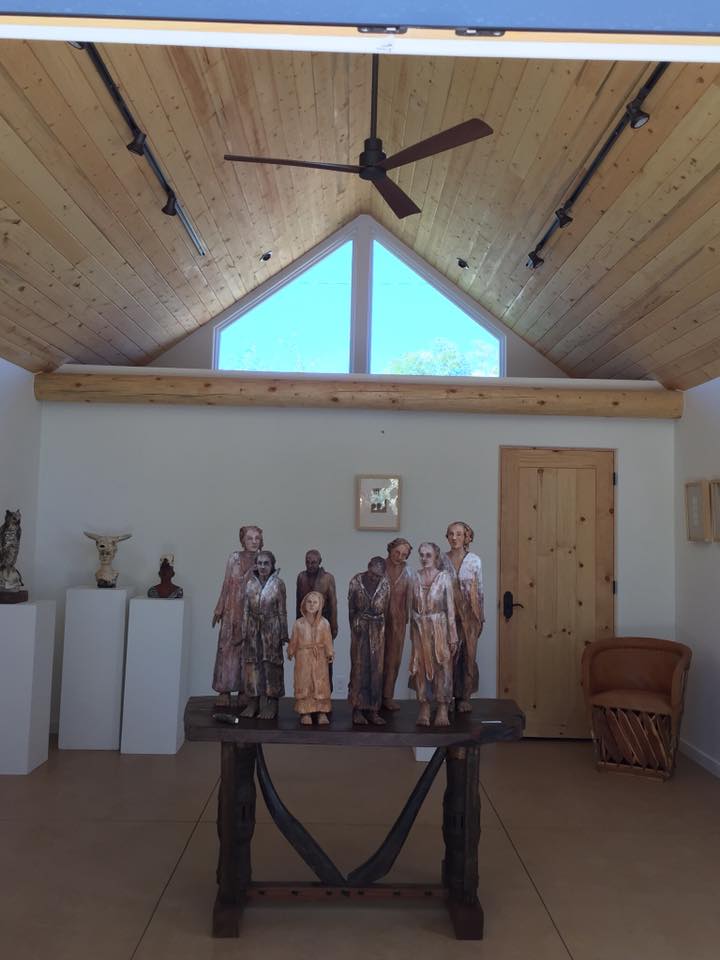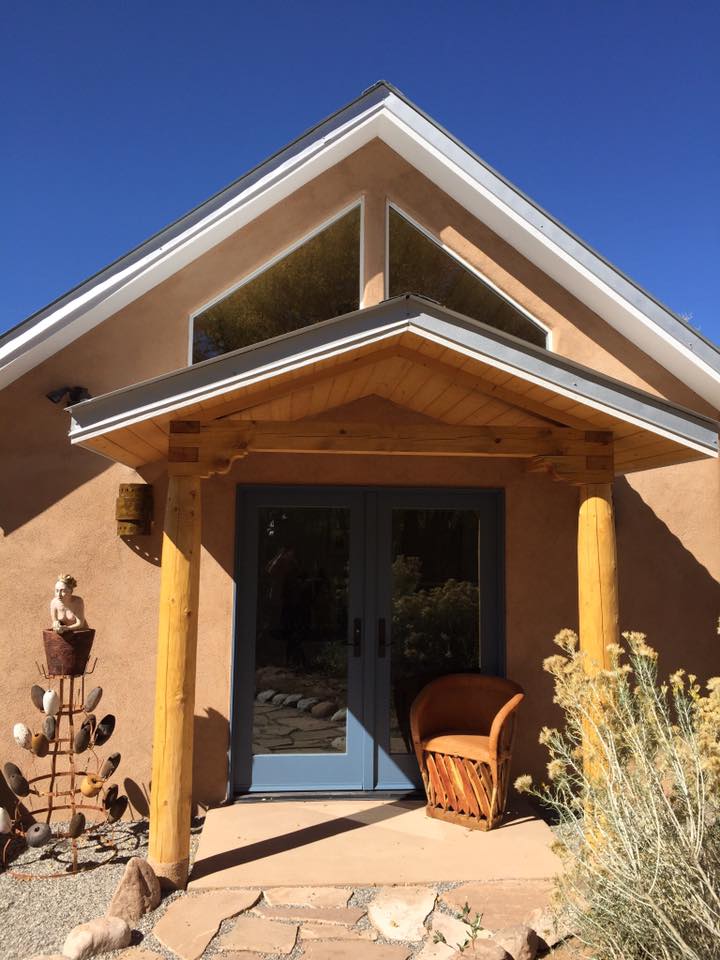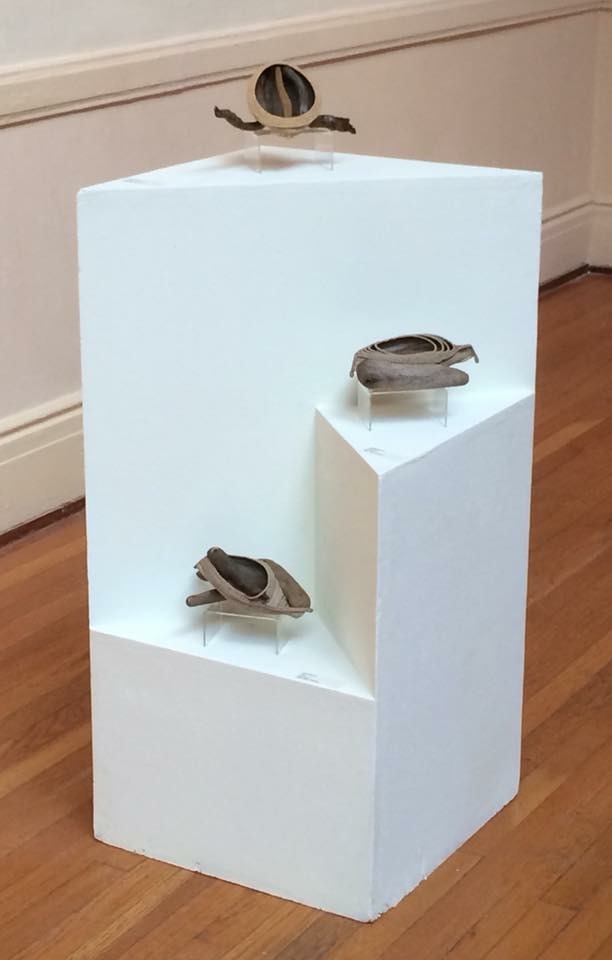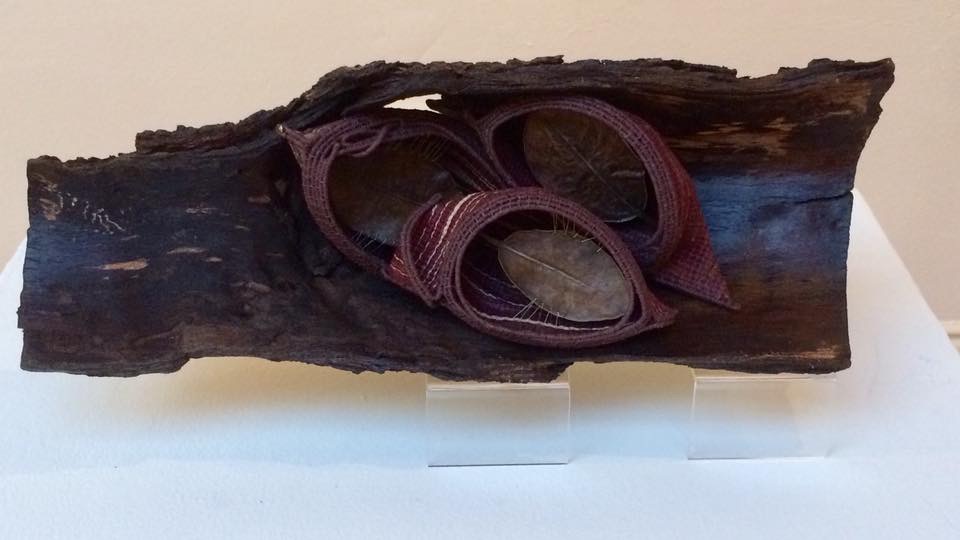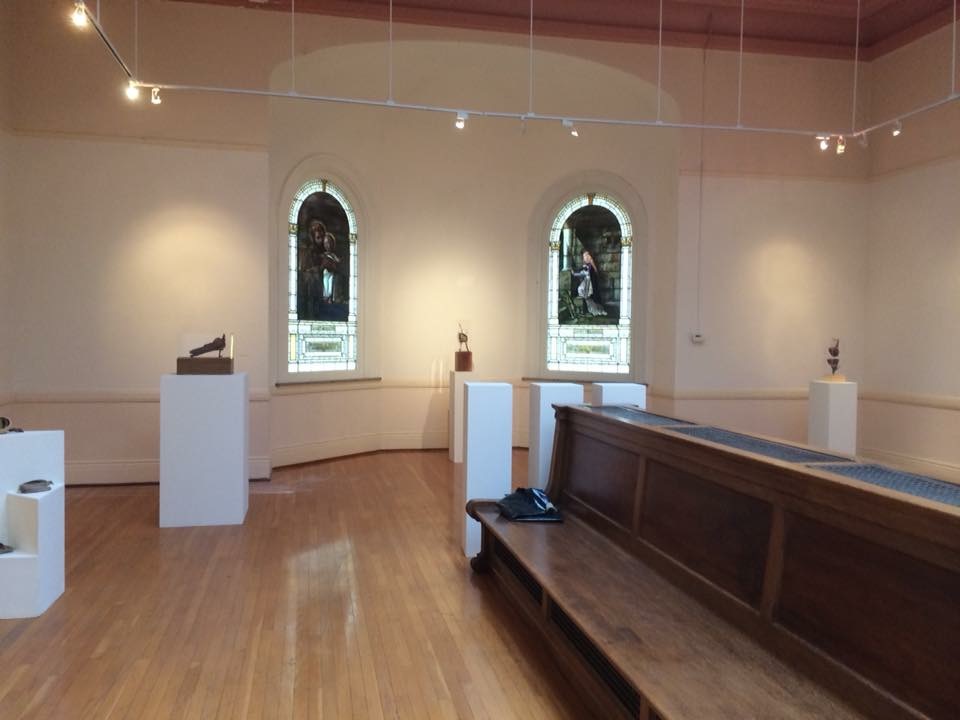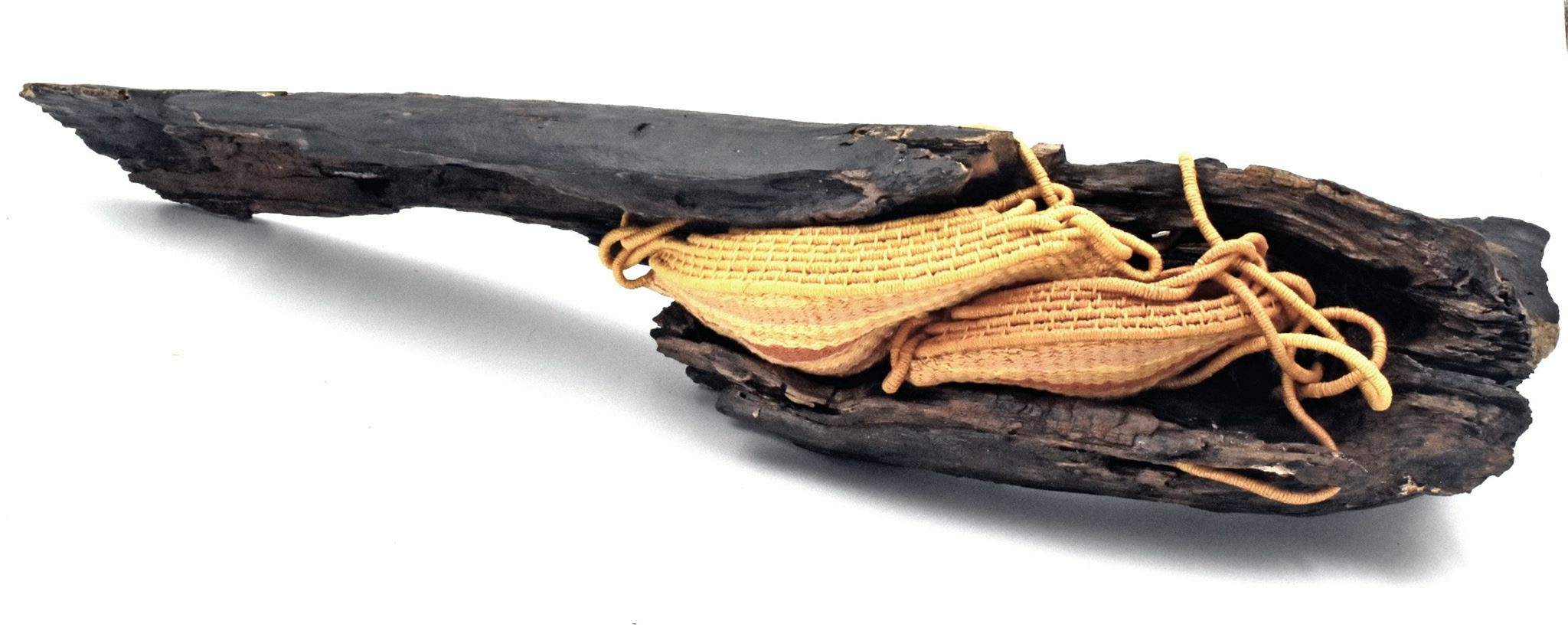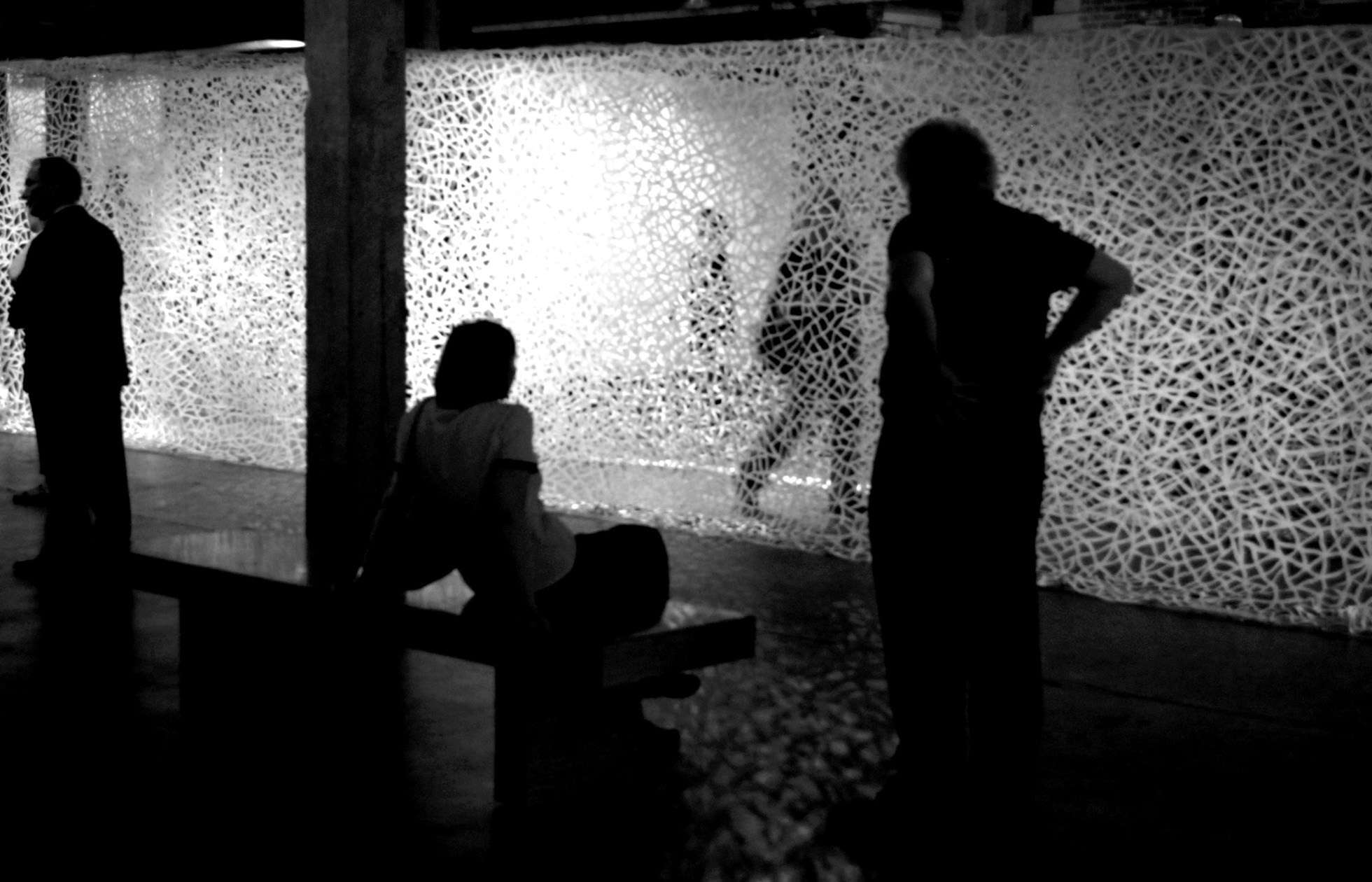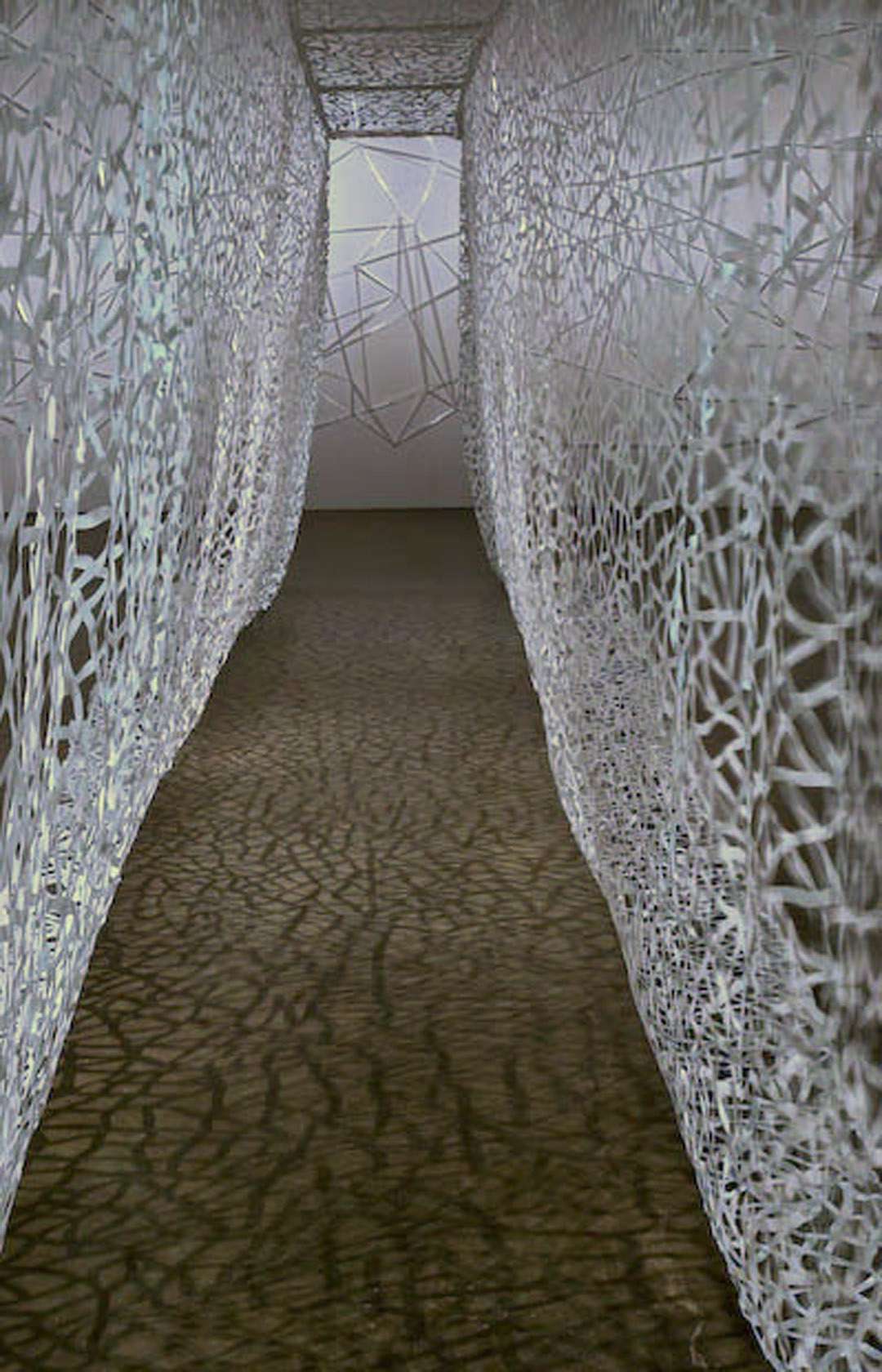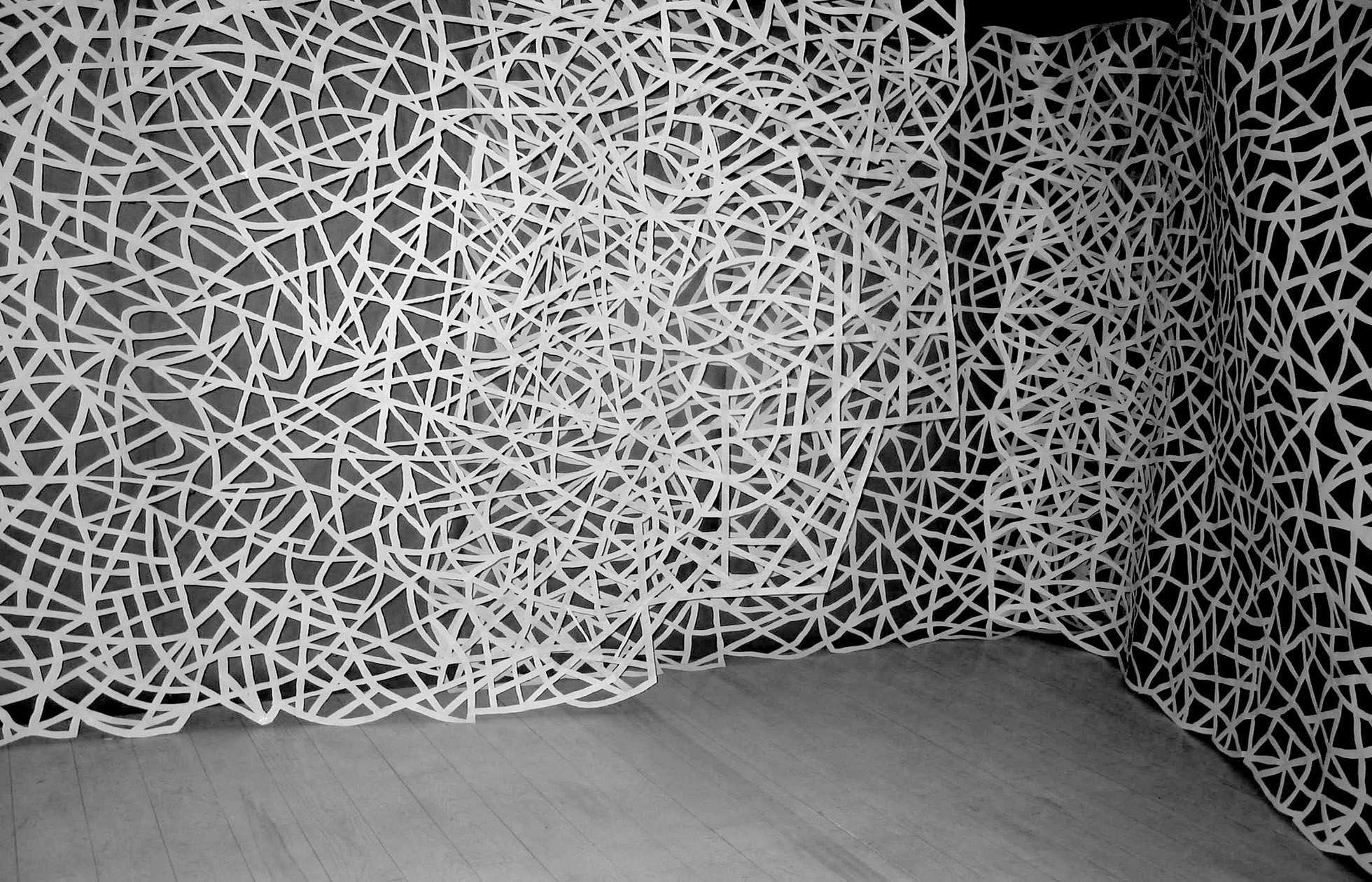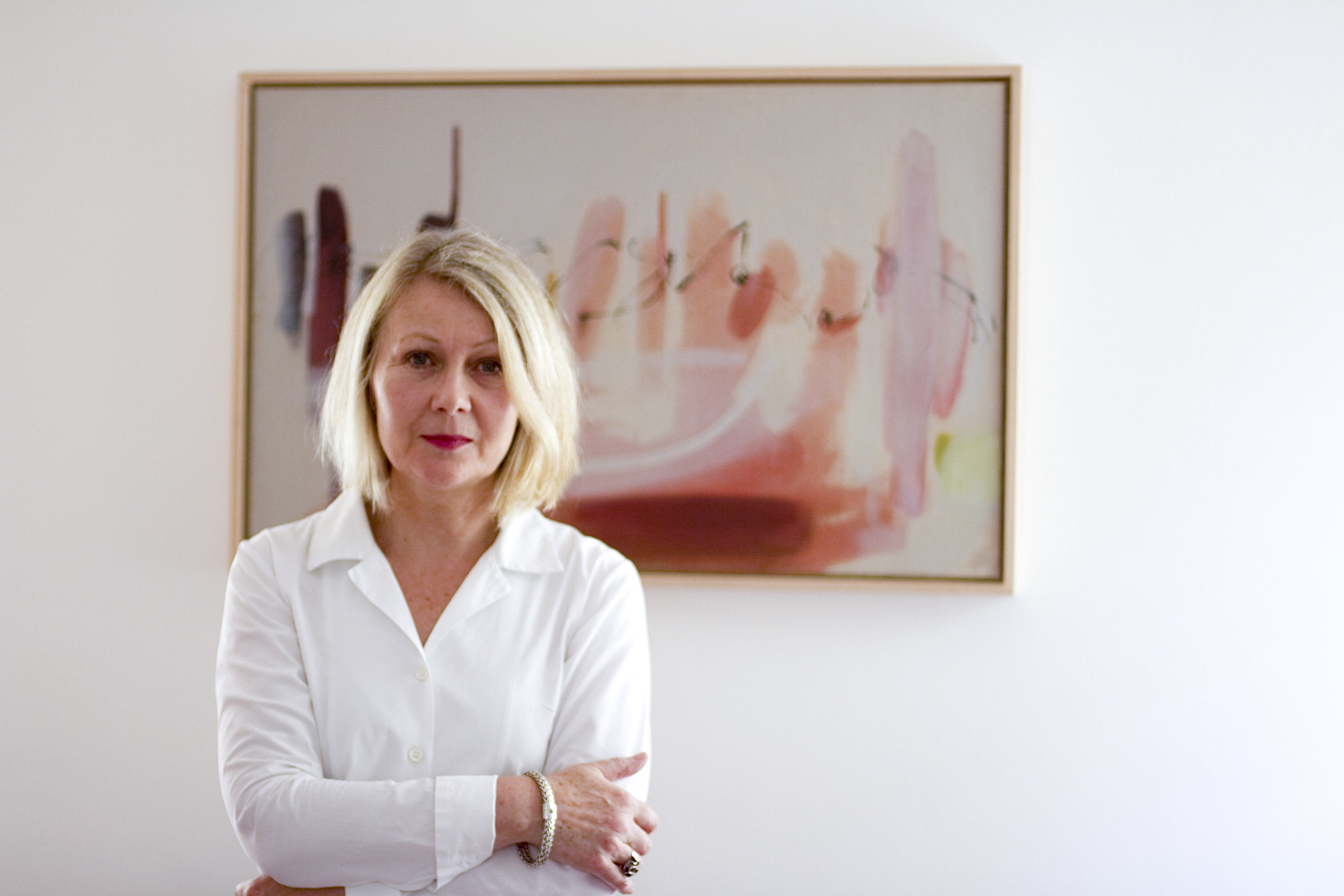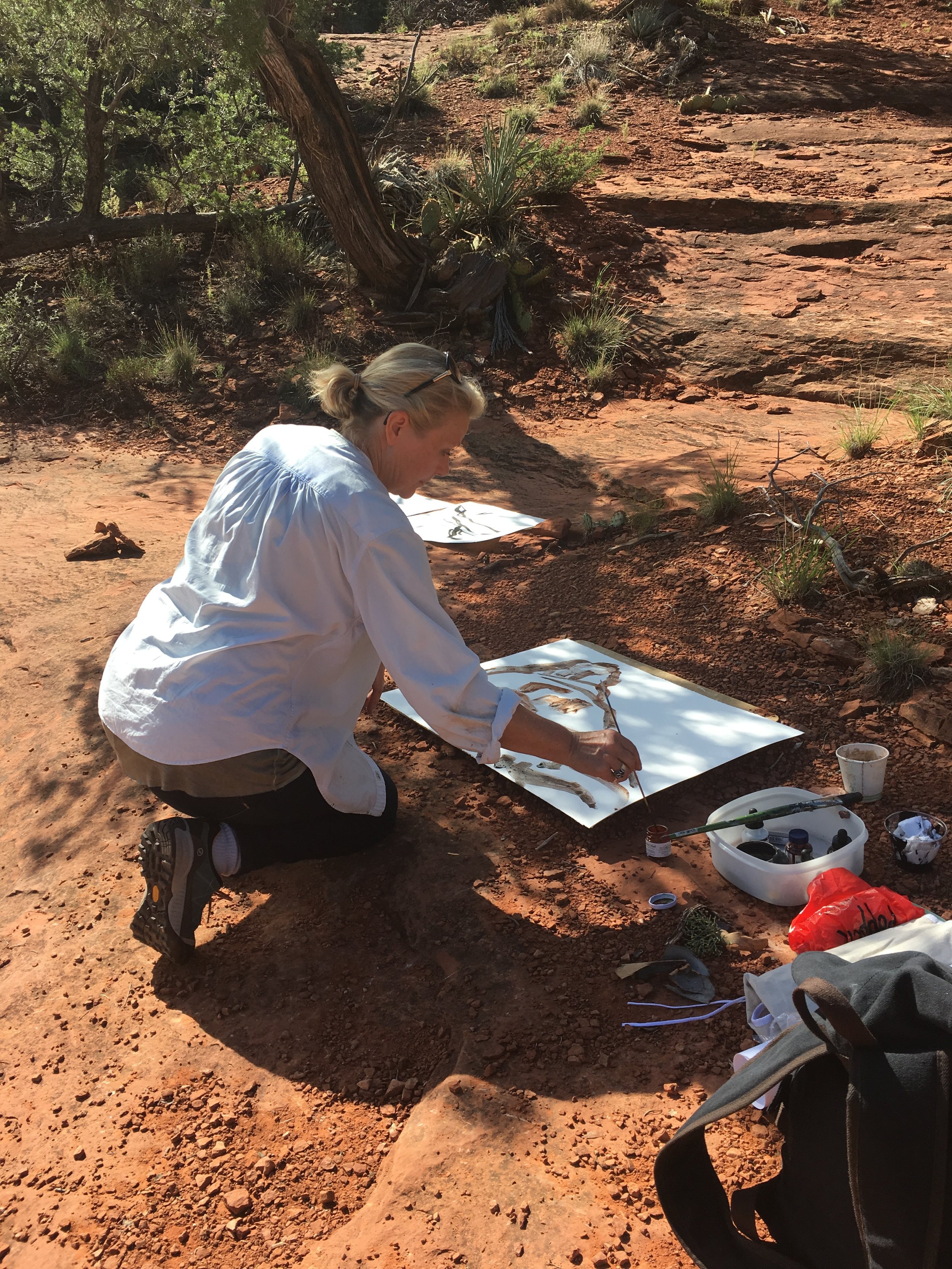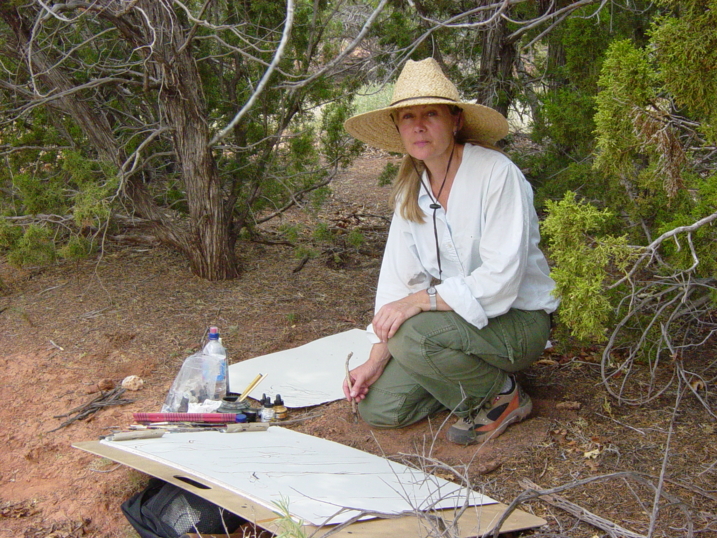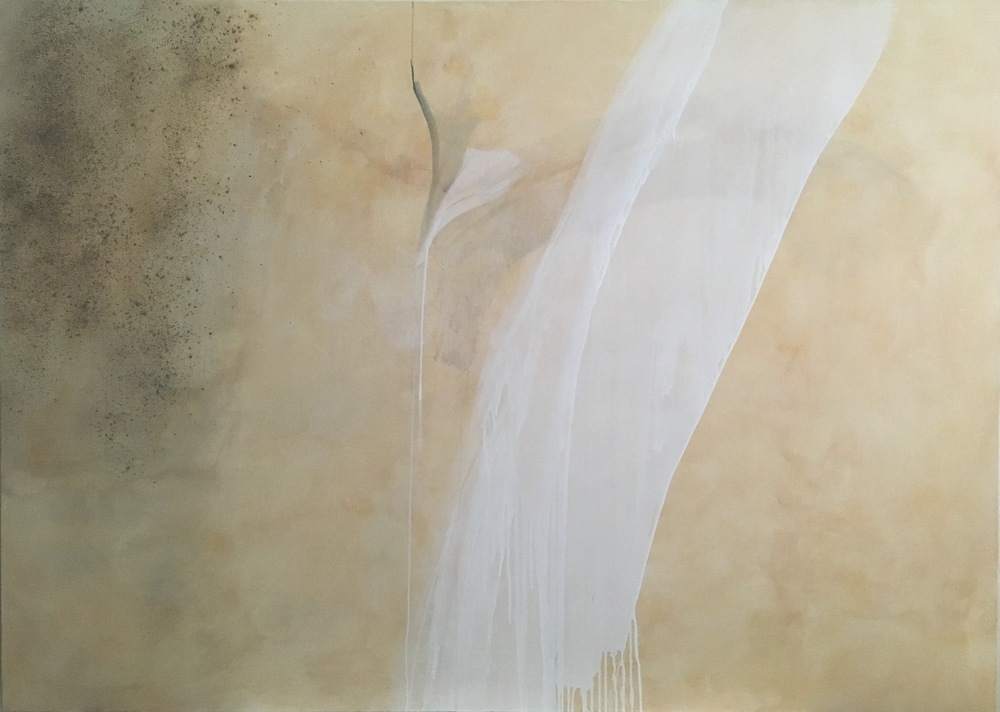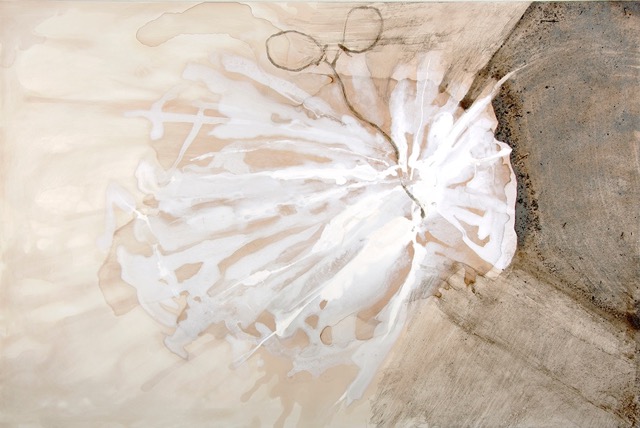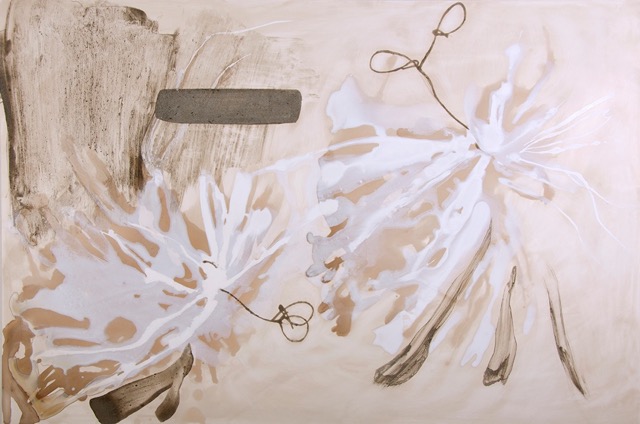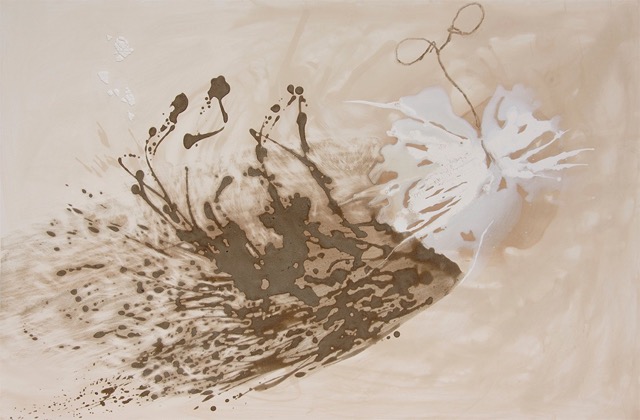I'm pretty sure that, out of any other kind of business, art galleries get the most baffling of inquiries. Every day it's a new round of "did you do all this?", "are you THE artist?", "do you charge admission?", and more not-so-genius questions and observations from the general public.
The general public not understanding what a gallery IS or DOES is aggravating enough. These questions imply that most do not understand the difference between a museum and a gallery, or perhaps that they don't see the expertise, skill or individual style unique to each artist, let alone understand the time it would take to do just one of these pieces. The whole collection of sculpture, painting, weaving, sewing, clay sculpture, photography, etc. seems to evade the populace, as they continue to believe that all these various styles could have been done by one single person. It's a lack of education about art, and a lack of exposure to arts-related activities, that lead to these questions and the inability to think about what you're seeing or looking at before speaking.
However, recently I have decided that that is not the biggest problem, or the one that bothers me the most. Many younger artists, often straight out of art school (and occasionally older artists who've worked the art fairs and festivals on their own) have begun to see galleries as superfluous at best and artist-rip-off-agents at worst. Arts festivals, fairs, and auctions have all contributed to the thinking that artists can and should self-represent.
The art fairs and auctions used to be open only to galleries, with the galleries and the work vetted by experts. Once they changed that criterion to allow artists to show independently. it gave the impression that the ultimate goal for artists was to be free of the “control” galleries had over them. Unfortunately, that idea completely overlooks so many of the nuances, contributions, and positives relationships and representations offered by showing with a gallery.
Without delving too far into the history of artist and gallery relationships, let's just talk about the current perception of galleries as unnecessary, elitist, bad for artists and/or a middleman that should be eliminated. I think, oftentimes, artists do not quite understand what all a gallery does for them. The role of a gallery is to choose artists that embody the style that particular gallery is looking for. They then nurture those relationships, aiming to provide the most comfortable and most successful marketing strategy for each individual artist. We curate the work for display and/or shows, visit studios to choose the work/see and understand the process of an artist, schedule, hang and market the shows (whether by working with a graphic designer to create invites or print or marketing materials or by posting on Instagram or other social media), develop strong relationships with clients (often involving attending functions, dinner and/or lunch engagements, phone conversations, belonging to social clubs or organizations, and more), manage walk-in sales, meetings, and warehouse storage, do paperwork - which includes all all aspects of running a business (paying taxes, keeping books, invoicing, buying supplies, assisting or arranging for help in delivery and installation of sold pieces, etc.) - help price and strategize how best to market an artist, attend art fairs to scout for new artists or work, read and study about art trends in order to stay current on all artists' shows and awards, and finally (and at the bottom of the list), gallery sit for the random walk-ins who ask "if I did all this".
As for the customers, that's a whole different set of responsibilities. Many of my clients have been with me for years, often buying from many or all of the artists I represent at one point or another. Those customers, the backbone of a gallery's business, get my undivided attention when they come into the gallery or call, and if they want work brought to their homes or business, that would take priority over anything else. If something comes in that I think is a good fit for a client, that client gets a call and first dibs on purchasing that particular piece (that access to the newest or best work is critical if a client is building a worthy collection).
At the end of it all, I'm also the one paying for the vendor's license and filing the sales tax reports every month. I paid for a federal trademark for my gallery name so that I could build the reputation of the gallery and have an identifiable brand (which lends validity to the artists represented here). In my own personal work as a gallery owner, I aim to carefully and thoughtfully choose the artists I represent so that my clients feel a sense of assurance that what they buy will still be worth something down the road, that I can show them that I know what the artist is doing and where they're going with their career, and that the purchase they made is worthwhile and can make them proud (in addition to being enjoyable). That way, I can minimize the amount of art people attempt to discount or return.
By managing all of these responsibilities for an artist, a gallery allows an artist to simply focus on doing their work. For a gallery like my own, or any other reputable gallery, the artists are working in their own field and not worrying about marketing, building connections, or any of the other responsibilities listed above. Day in and day out, they would possess the time to perfect their craft and educate themselves on new techniques in order to create their next best piece. All the other stuff is left to their galleries, so that they can focus on what's important to them.
I understand that for some artists, and particularly craftspeople, having total control of all aspects of creating, selling and marketing the work is important. Luckily, there are many opportunities for artists to operate that way in today's world. However, it is also worth mentioning that the gallery still plays a vital role for both the artist and the collector. Additionally, they are an important part of developing a community. They provide a means for people to educate themselves on art and an opportunity for those whom art is unattainable for to see great modern art. It is a space for artists to show their body of work as one conversation and present that story to the public, and galleries provide a "cool factor" that makes a city a place people want to visit and live in.
Without the support of collectors, galleries cannot and will not continue. If people continue to go directly to the artists and purchase, or if they refuse to purchase from an artist whose work costs more than $200 (or some other arbitrary limit they've set, even if they can afford it), or fail to acknowledge the importance of galleries as a venue for artists to understand the true value of their work, then galleries will close. Cities will be without the cultural stimulation and opportunity provided by galleries and will only be able to view art in museums, carefully curated and off-limits to personal possession or enrichment. To purchase, a collector will have to individually seek out artists, cultivate a relationship with them, haggle and risk offending or disheartening the artist by comments or offers. To sell, artists will have to find their own venues to show work, will have to hire or participate in a critique group for honest feedback and curatorial assistance, and will spend a considerable part of their time following up with clients, dealing with marketing issues, arranging shows, etc. Finally, the client will be ultimately responsible for doing their homework, knowing what they're looking for, both aesthetically and structurally, and they will be ultimately responsible for the care, maintenance and disposal of that piece when the time comes to move, sell or liquidate an estate.
We each have a role to play in this art arena. Galleries are important to both the artists and collectors, and the communities in which they operate. We just have a public relations problem, and one that I hope over the course of the next few blogs, I can start to start to chip away at.
